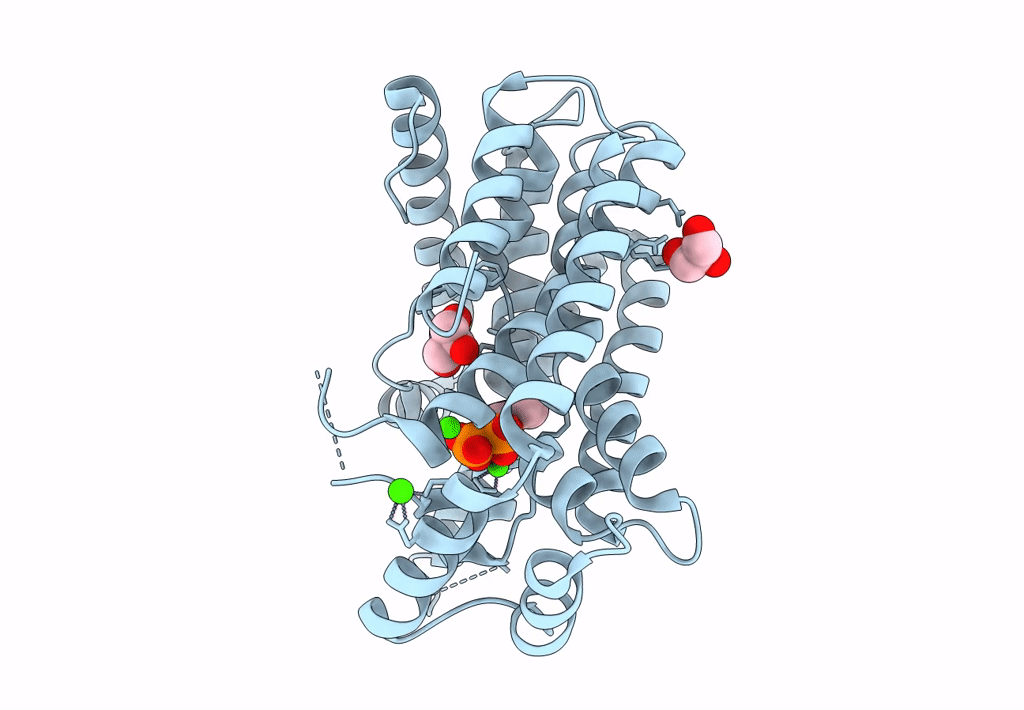
Deposition Date
2010-12-20
Release Date
2011-01-12
Last Version Date
2023-09-13
Entry Detail
PDB ID:
3Q2Q
Keywords:
Title:
Crystal structure of geranylgeranyl pyrophosphate synthase from Corynebacterium glutamicum complexed with calcium and isoprenyl diphosphate
Biological Source:
Source Organism:
Corynebacterium glutamicum (Taxon ID: 1718)
Host Organism:
Method Details:
Experimental Method:
Resolution:
1.90 Å
R-Value Free:
0.21
R-Value Work:
0.18
R-Value Observed:
0.18
Space Group:
P 32 2 1


